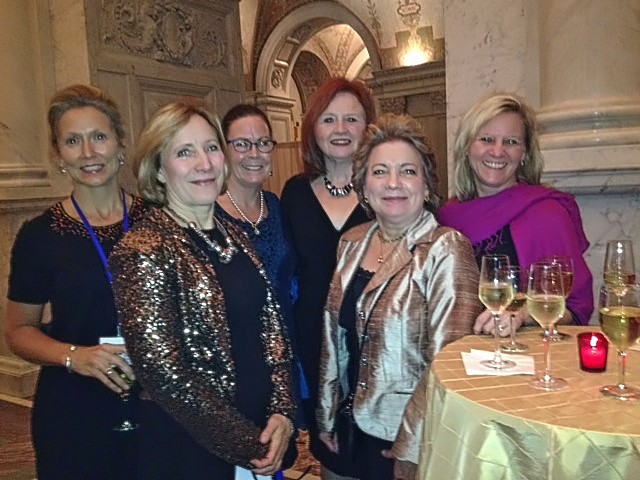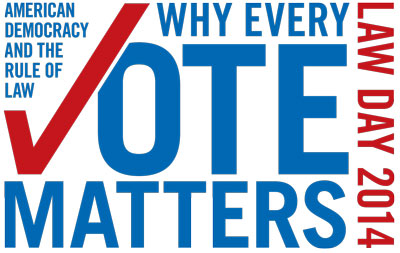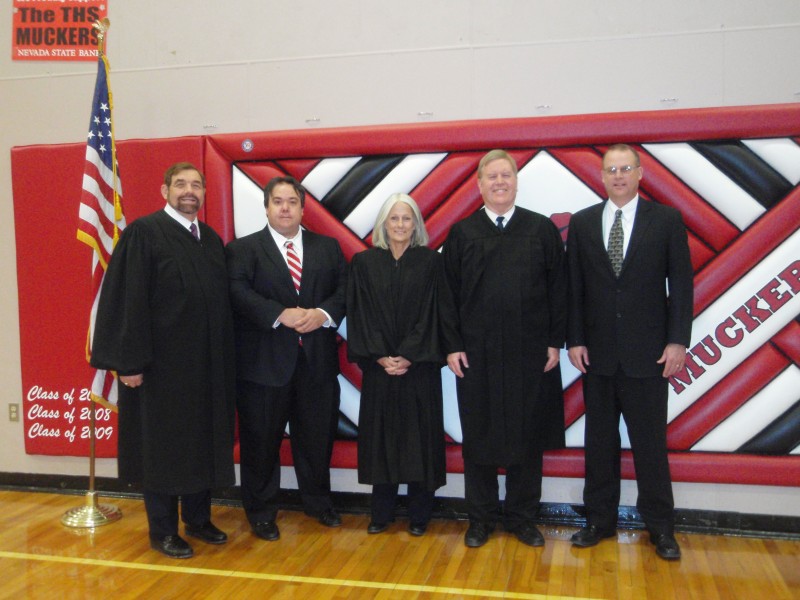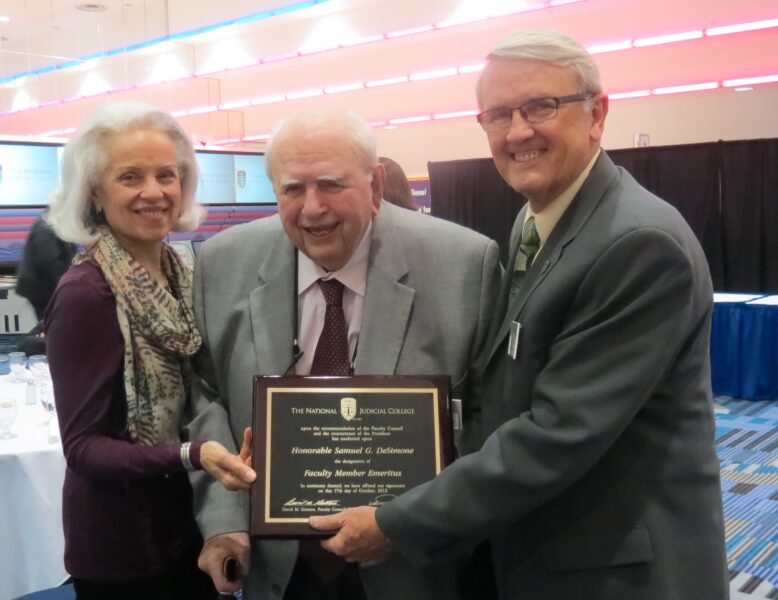Looking Back to Look Forward
Over the past several months, the NASJE Board has been moving toward starting a strategic planning process. In February at the Mid-Year Meeting, the Board spent a day with Karen Thorson doing some exercises to start assessing where NASJE is as an organization, where we might want to go in terms of a strategic direction, and possibilities for how to get there.






